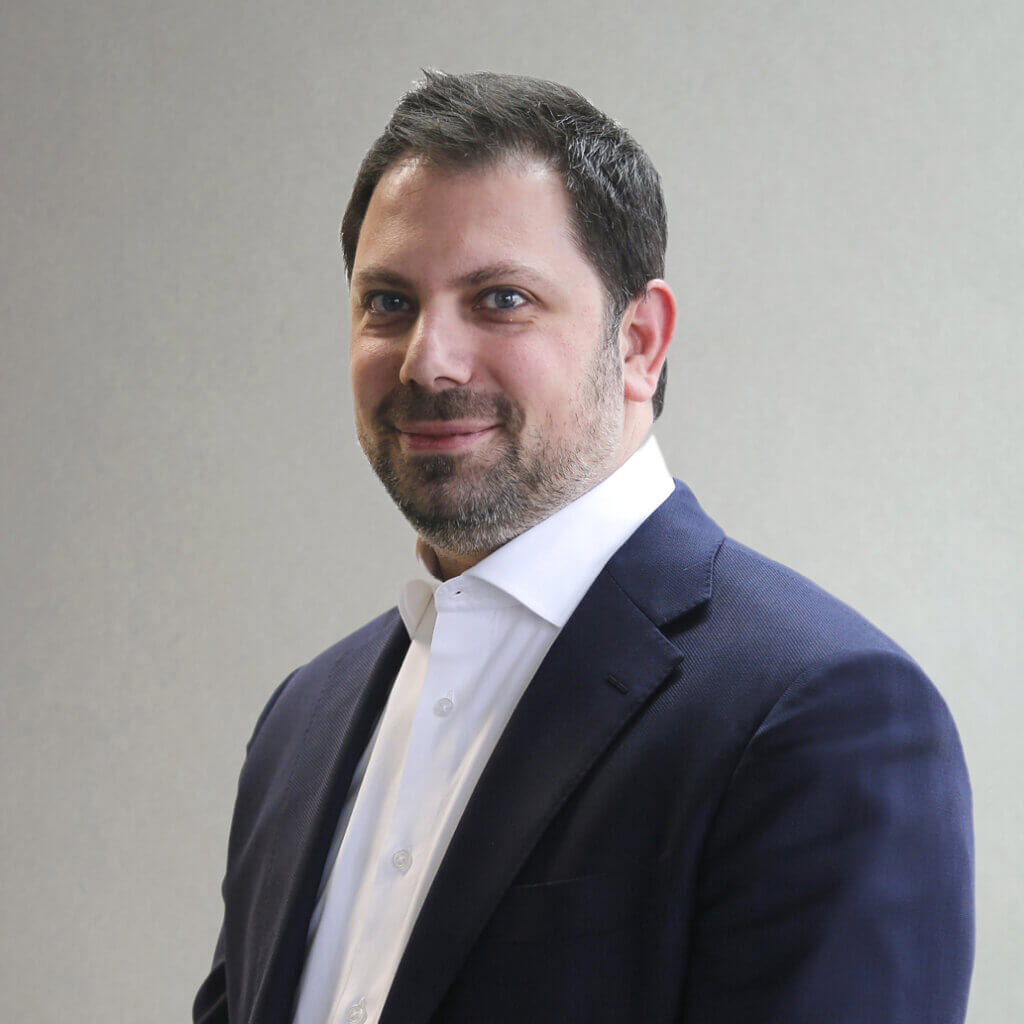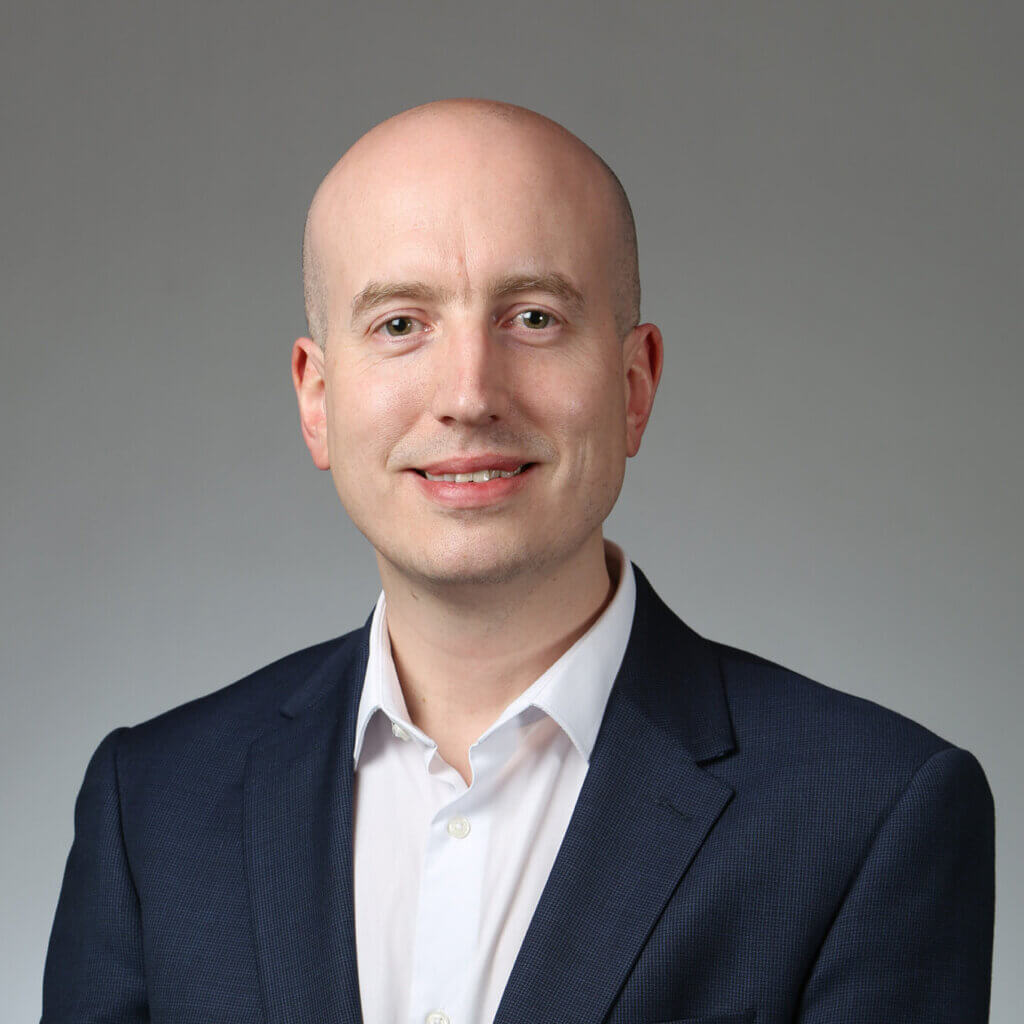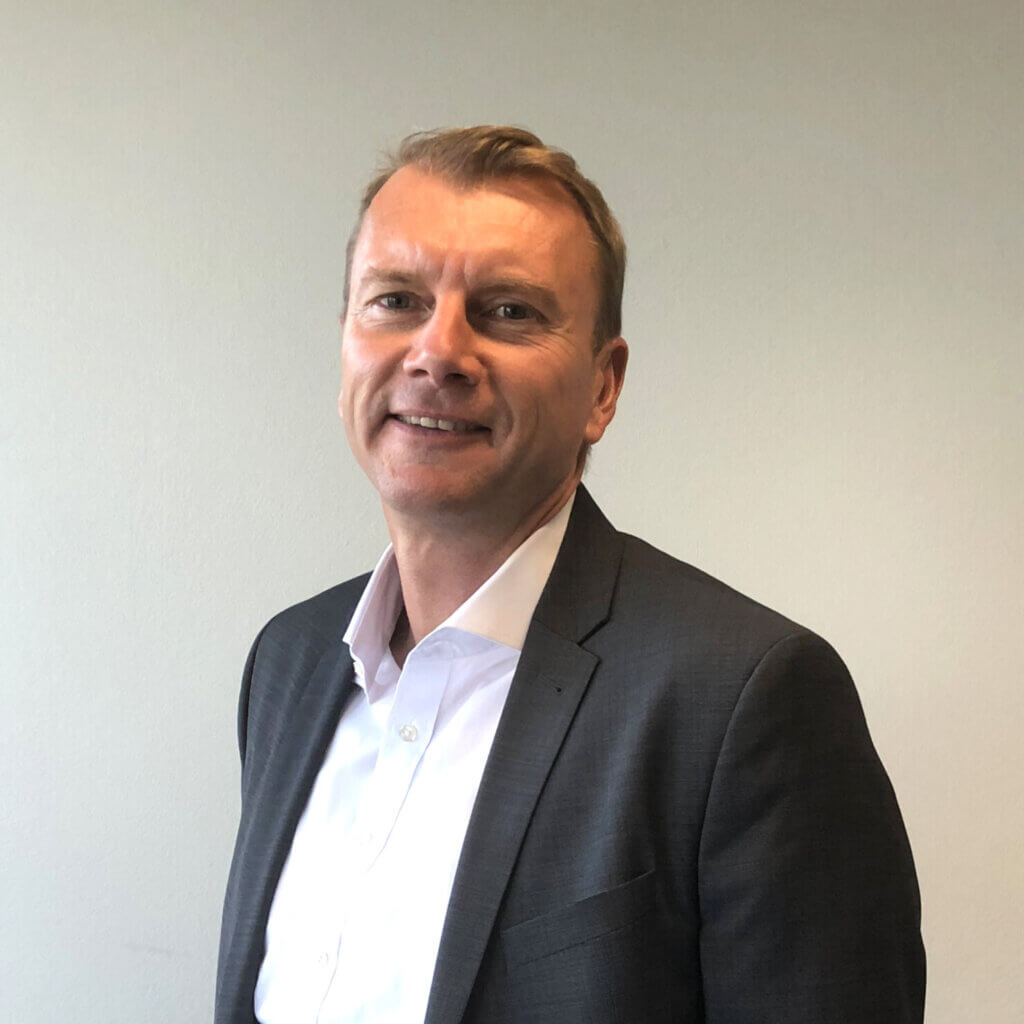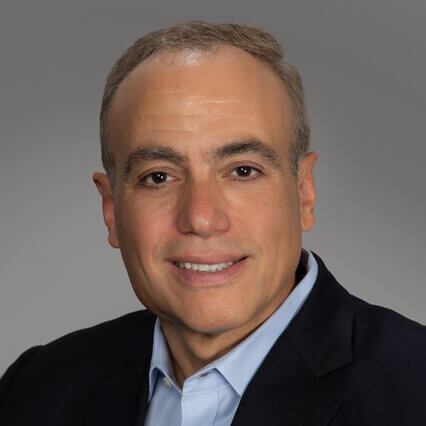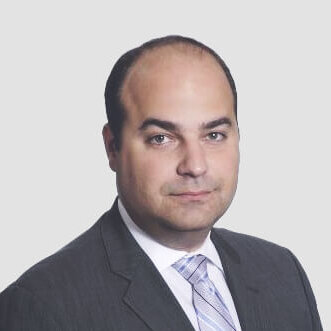
There seems to be a misconception among non-EU alternative fund managers that Europe is a complex and closed market for raising fresh capital.
Those managers are being advised that reverse solicitation is no longer an option following the August 2021 changes to the AIFMD Marketing Rules. This is rightly so in our opinion, as it should never have been considered a marketing strategy in the first place. That being said, the knock-on effect is that they are no longer actively considering raising capital in Europe.
What is clear to us is that such managers aren’t being fully made aware that there are other marketing solutions for their funds. ‘If reverse solicitation is no longer an option,’ they say to us, ‘why would I spend the time and effort to try raise capital in Europe?’
The immediate answer we give to that question: pre-marketing.
Once we raise the subject of pre-marketing – and how it is a far more cost-efficient and timely way of engaging with prospective investors before launching a fund – we sense that managers become very interested. It’s at that point that they often start to reconsider what opportunities there may be across Europe.
Clarity for fund managers: the rules about pre-marketing
The current EU rules around the pre-marketing of alternative investment funds have been live since August 2021. Previously, what constituted pre-marketing – which was sometimes known as ‘soft marketing’ – hadn’t been universally defined across the EU member states. Different rules in different jurisdictions meant the process was considerably more complex, with fund managers often needing legal advice about what was allowed in each country.
Much of that complexity has been removed. The introduction of harmonized, EU-wide, pre-marketing rules has provided greater clarity for fund managers who are looking to navigate this market and need to understand what preliminary promotional activities are permitted before establishing a fund.
What is permitted: the definition of pre-marketing in Europe
Across all EU member states, pre-marketing is defined as the provision of information on investment ideas and strategies, as well as the track record of the manager. That information is provided by, the authorised representative, to investors in the EU to test their interest in a fund that has not yet been established or has been established but has not at this stage been notified for active marketing. To comply with the rules, pre-marketing must not include information that could amount to an offer or a placement to the investor.
To engage into pre-marketing discussions with potential investors, alternative managers simply need to select an AIFM they would like to work with. In-turn the AIFM files a notification with their local regulator on behalf of the manager. The notification details the intent to launch a fund and their wish to initiate discussions with potential investors in the countries listed in the notification (passporting rights).
Cost efficient and faster: why fund managers are using pre-marketing
Fund managers are finding that with pre-marketing, the previous cost barriers to initiate discussions and test the market – which could run into hundreds of thousands of Euros – are no longer there. They’re able to gauge investor interest first before incurring the expense of launching the fund.
Pre-marketing is also faster. Previously, managers had to first go through the process of establishing the fund or vehicle. Then they had to appoint service providers including the AIFM, who in turn had to notify the regulator in each of the countries in which they wanted to commence marketing. Obtaining regulatory approval from all the relevant authorities could take up to an additional 21 days following launch of the fund.
Under the current rules, that’s no longer necessary. A Pre-marketing arrangement takes just a couple of weeks to set up. All that is needed is the submission of notification to the relevant regulator, but it does not require formal approval. Once activated you’re able to test the appetite for your strategy with investors across Europe. Once you’re confident to proceed and you feel you have sufficient interest, you can go ahead and establish your fund. This could also be a process which can run in parallel with pre-marketing.
Further regulatory enhancements and the emergence of ELTIF 2.0
Any fund manager who is considering raising capital in Europe should be aware that pre-marketing is only permitted when approaching professional or well-informed investors. When used in conjunction with the passporting rights that come with a pre-marketing arrangement, a manager can register in one EU member state, to pre-market across all member states, and now reach a broader range of potential investors while minimizing initial outlay. Pre-marketing and marketing passport rights will also apply to the new adaptation of the existing European Long Term Investment Fund regime, known as ELTIF 2.0, when it comes into effect in January next year. These enhancements to ELTIF 2.0 will also open access to a retail network eligible to invest in ELTIF 2.0 funds.
A new market of private individuals and wealth managers, comes at a time when there has been a decline in commitments from traditional LPs and institutional investors to GPs and managers.
Over the remaining three articles in this four-part series, we will take you through the new adaptations of the ELTIF 2.0 framework. We will also cover key considerations you may wish to address when looking to raise capital in Europe and how we are preparing to serve our clients as the fundraising landscape in Europe evolves.
Learn more about Alter Domus’ AIFM Services and Private Equity Solutions.

